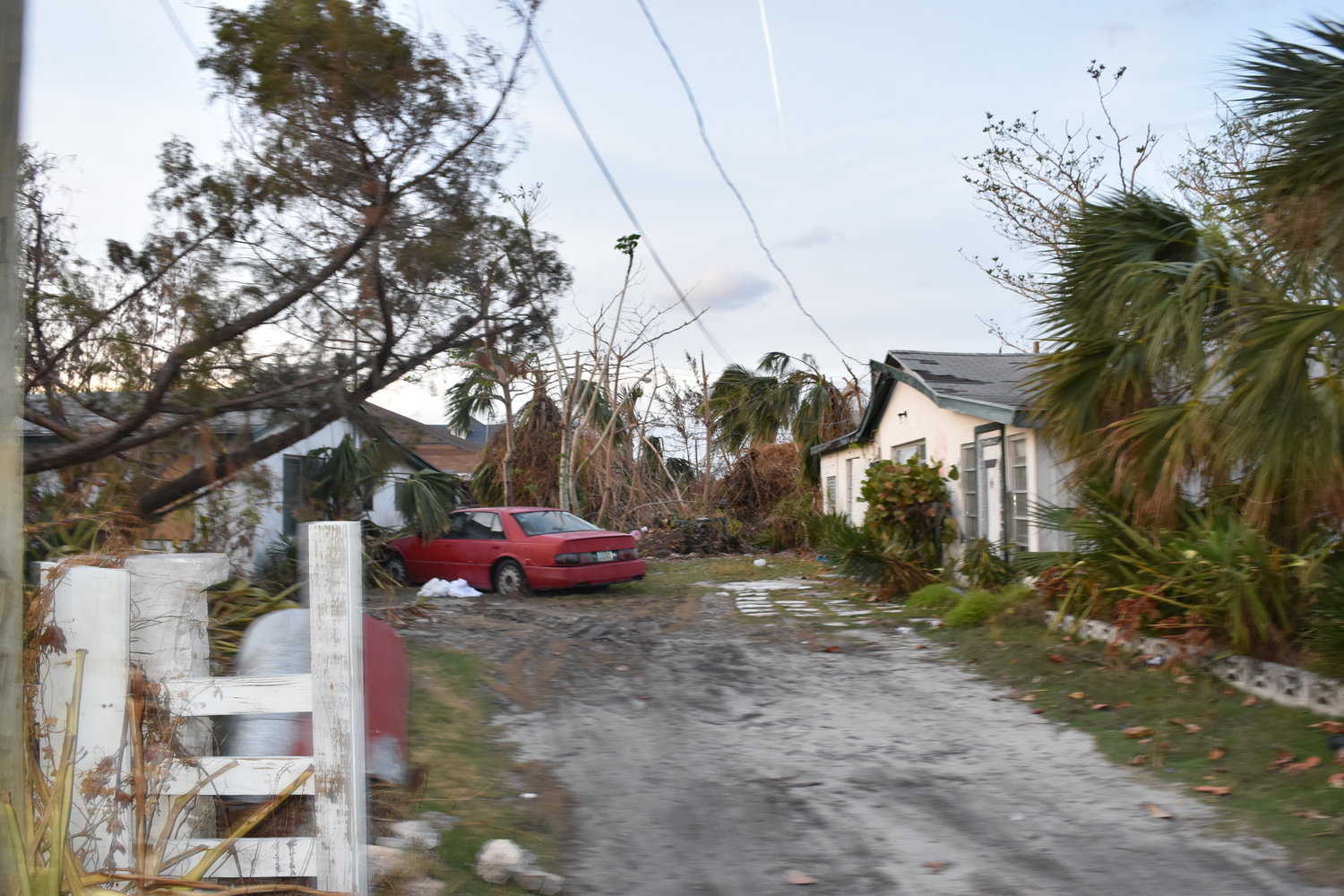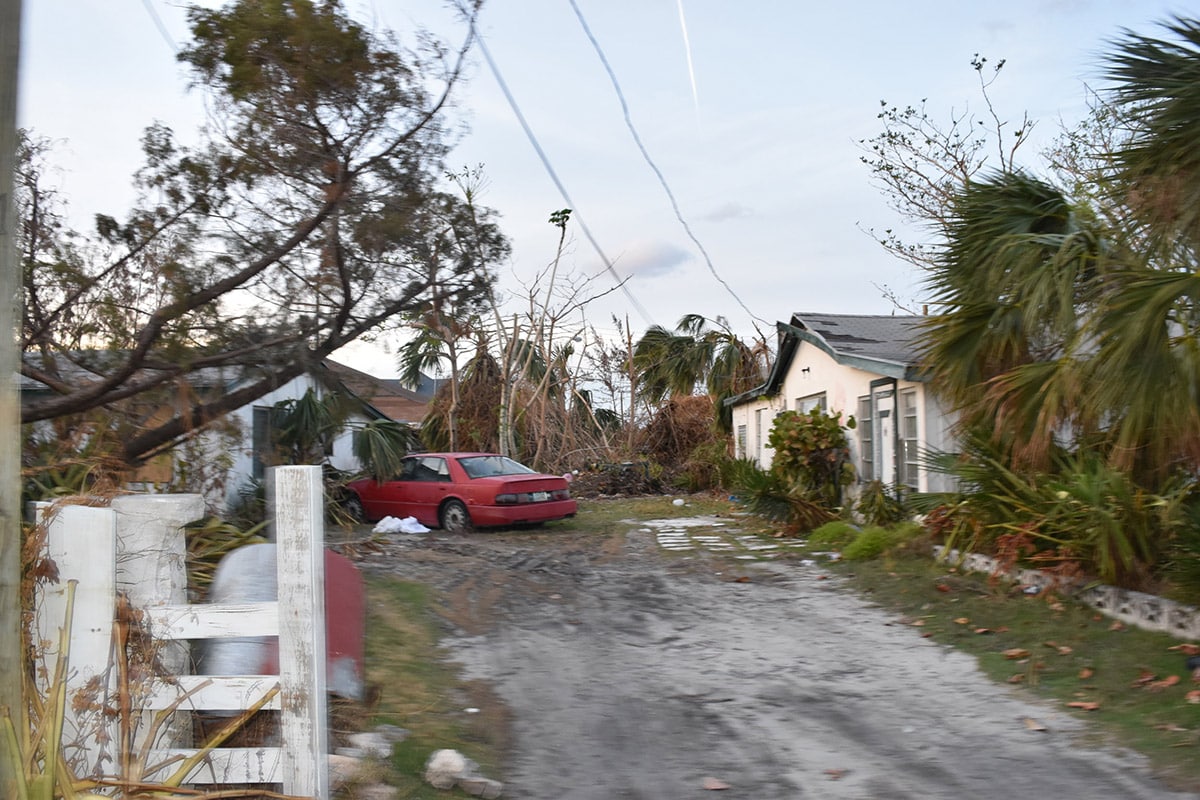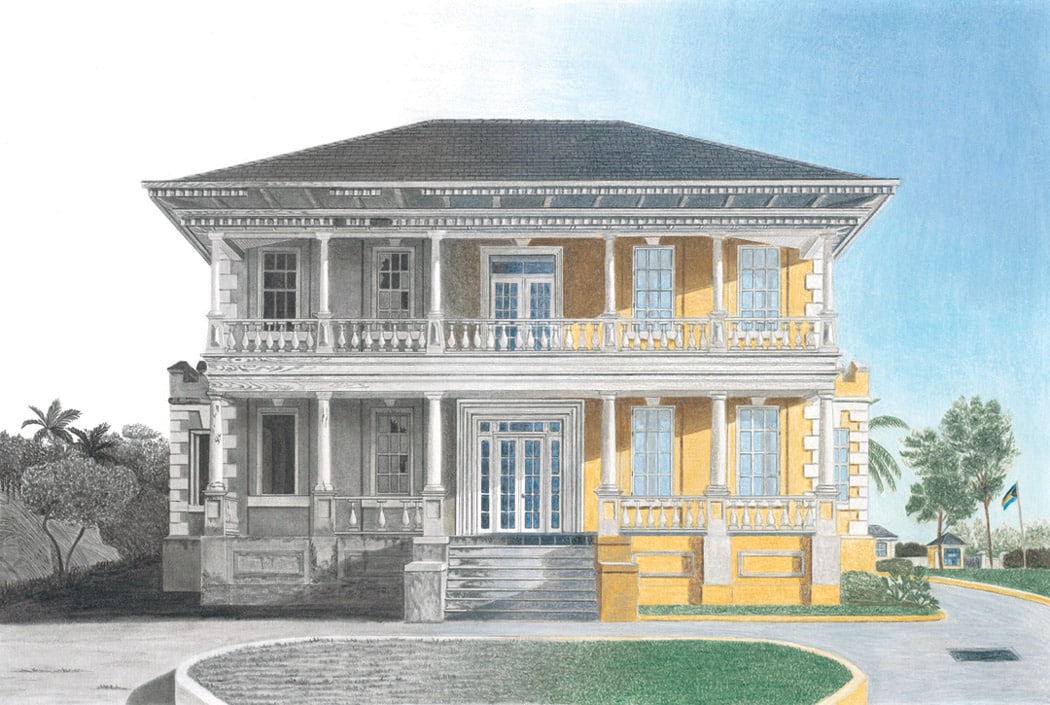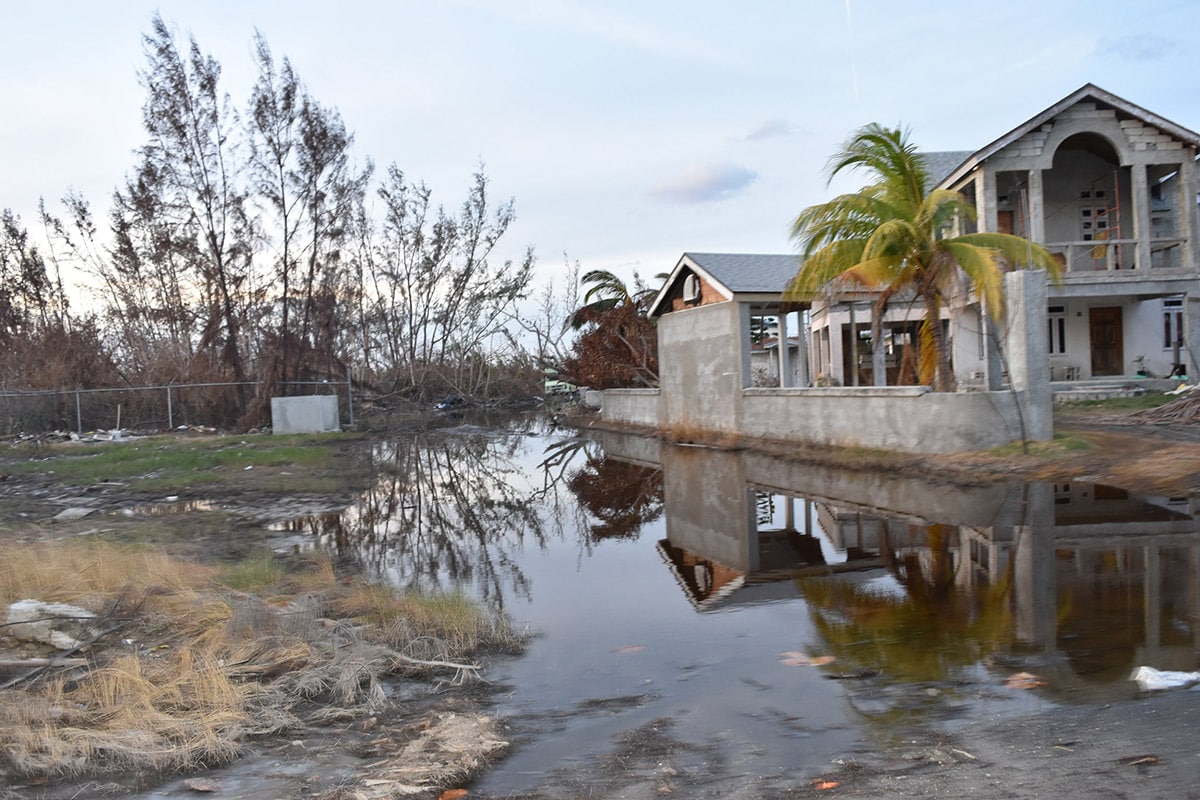
Waves wash over us,
Sun’s rays bleach us,
Winds blow against us,
Nature blooms around us as we, indigenous souls, float in an ether of historical pain,
And we survive.
As the lushness of the island disappears in the wake of Hurricane Matthew, it is important to note the significance of imaging who we are and where we live. As Bahamians, we inhabit a geographic space that has beauty beyond words along with limitless possibility, and we must embrace our reality and step outside of the constructed, constricted reality being imposed on us. We are destroyed when we allow ourselves to be dominated.
I wanted to spend a minute on a recent exhibition by Kim Smith at the National Art Gallery of The Bahamas (NAGB) ‘Medium of the Masters, Master of the Medium’ and to connect it with some other occurrences. Smith’s work is distinctive in the Bahamian art environment because few use the pencil to demonstrate a keen eye for nature’s gifts. Smith’s perspective and the minutia of his detail and skill bring our changing landscape to mind. His work documents history.
Smith not only captures the fauna of islands huddled in the hurricane belt, but also the architecture of a quickly disappearing old Bahamas, where most buildings were created with an appreciation for space and place as well as a colonial influence that does set us apart from other places. We have abandoned so much of our historical architecture, and our nature to adapt a North American imagining of how we and our environs should look. We then set aside buildings with high roofs that work well in our environment in favour of pre-fab, poured-concrete, low-rise, flat-roofed homes that allow no breeze thoroughfare and that leak like sieves after a few years, if not sooner.

This shift has a serious impact on how we relate to our environment. Krista Thompson’s An Eye for the Tropics explores this reality well as she describes the tropicalisation of The Bahamas. This has been vividly imaged of late by the devastation post-Matthew, but also by a sadly shifting landscape that denies and defies indigeneity. Without honouring the indigenous, we quickly lose sight of ourselves, and we become untethered.
In recent years, we have witnessed an on slot of aggressive redefining of Bahamianness that removes us from the centre and places us in a dehistoricised deracinated space. Sadly, that space does not allow us to grow; it does not nourish us culturally, socially or economically. It makes us servants to the almighty dollar and masters of nothing. Thompson’s work directly relates this scheme to a sanitization of a space so that it becomes enjoyable for visitors. The lines across our DNA are deep and the scars profound.
Simultaneously, Kim Smith’s works are an extremely timely capturing of a disappearing world through the eye of a pencil artist. His work is tight and exact; it creates splendid beauty. It demands focus and underlines the simplicity and complexity of nature that surrounds us as well as our built environment. The intersection of Smith’s work with Thompson’s book brings into sharp focus the efforts undertaken by Creative Nassau who presented at one of the recent class sessions for Expo 2020. They made students question our role in our loss.

Kim Smith. Evolution. 2000. Image courtesy of the artist.
As Hurricane Matthew makes us step out of ourselves so too does examining our cultural production from an unforeseen vantage point and trying to create an image of where we will be in twenty or forty years. Matthew destroyed boats; he destroyed homes, but with that he has given us a chance to pause, to listen. Will we take it? Can we rebuild stronger and more in tune with nature? Can we honour our indigenous past?
Chantal Bethel’s upcoming show at the NAGB ‘Holey Space’ (opening, tomorrow Sunday 30th October) works around indigeneity through our mothers’ stories, our ancestral and indigenous presences. The burial spot in Long Island, slave quarters scattered around islands, plantations laying in ruins across the country, must become vested in a truly empowered Bahamian space where their wealth can be explored, shared, engaged with and allowed to empower. We must divest ourselves of this modern story that says we exist exclusively for the tourist gaze.
As Creative Nassau thrashes through the gutting of Bahamian history, identity and culture and attempts reinfuse them sustainably; we are told that more of the coast will be Chinified. More of the land will be ghettoised to house people who are afraid of us or wish not to touch us. As much as things change, the segregation visited upon us with large-scale or commercial tourism that pushed some off lands to create hotels has returned in another guise.
In learning about Bahamian history, for example, many students say that nothing relates to them and their worlds. We spend much time on the Arawaks, but do not connect them to the world we inhabit. We pay scarce attention to Slavery, to the impact of the arrival of the Eleutheran Adventurers, to the loyalists and their fabulous land grants and their influences on life today. We capture even less of the various migrations into our country of Lebanese, Syrians, Greeks, all of whom influence beyond a doubt the way we live. We are blinded to all but the official policy on a culture that promotes ‘Junkanoo’-Carnival (appending Junkanoo to Carnival) because our culture is tourism!
We speak little of our oral history, the stories that pass from mouth to ear, through generations and across islands that make us Bahamian and speak clearly to a particular relationship with land and sea. We ignore the communities that are sea-based. If we do not, why and how would officials almost completely block off their access to the coast?
Nassau and its outlying communities form a part of unique Bahamian identity that Smith captures in his intricate work. However, these outlying communities like Adelaide Village, Gambier Village, South Beach, Pinewood are all a part of the ‘True True Bahamas, to use a phrase from Patricia Glinton-Meicholas. These communities have witnessed incredible devastation with the passage of Matthew. How do we reconcile the existence of South Beach, built low in a flood zone, with the existence of old communities where buildings were created for the environment, not in denial of it? How do we come to grips with the discovery of a burial ground on Long Island and the national treasure this holds, with the threat to indigenous land ownership on Eleuthera?

When my grandmothers, great-grandmothers, and great-great-grandmothers planted their gardens, they knew the moon; they understood the seasons and the winds, and what needed to be sown when and how each plant would behave in a garden. They smoked pipes, some of them with a mixture of herbs they grew. They cooked in ovens away from the house. Much of their ways of life have been lost to the march of time, but also their stories have been silenced. Their tales of survival through community strength and familial bonds have fallen away.
Our histories seem to speak more loudly about what is present when what is silenced is more important. So much of art captures these silences and lays them on canvas, paper, wood, and stone, but does not explain away the importance. We are asked to explore, to think about what is revealed and then, even more, shall be unveiled. How does this threaten?
Let us hope that the work done through the Expo 2020 initiative, the labours of Creative Nassau, the passion of Sustainable Nassau, the vision of Kim Smith and Chantal Bethel, while each is distinct, will create a cultural confluence that pushes us over this hurdle of cultural commodification. Not everything can be sold to the highest bidder. Art can be consumed, but not all art will be pleasing in that way, and that is the beauty, the nature and the uniqueness of each artist’s voice, all of whom form the Bahamian Artscape.
Our job as citizens in this millennium is to document how we live and to remember the past so it can be passed along. Our indigenous culture is lying in the shifting sand under our toes, let it not continue to be tropicalised by someone’s get-rich-quick plan that cuts out the entrails of indigenous culture.
As we seek to empower Bahamian arts and artists and explore our indigenous voices, we must learn from the accidents of history and the ways in which other nations such as Iraq and the rise of world famous Zaha Hadid, Iraqui-born British architect, would be a national treasure, but the state’s depreciation of women as it became increasingly exclusionary and fundamentally religious meant that progressives moved and enriched other countries.
As the Bahamas develops, let us be inclusive and truly empower Bahamian arts, artists, and intellectuals. Let us move away from seeing art and culture as items solely for sale. Let us value indigenous culture. My great-great grandmother’s stories passed through my great grandmother and grandmother mother to me; I must now carry on a line that is centuries old and should not be broken. Our collective memory and artistic expression reside there.